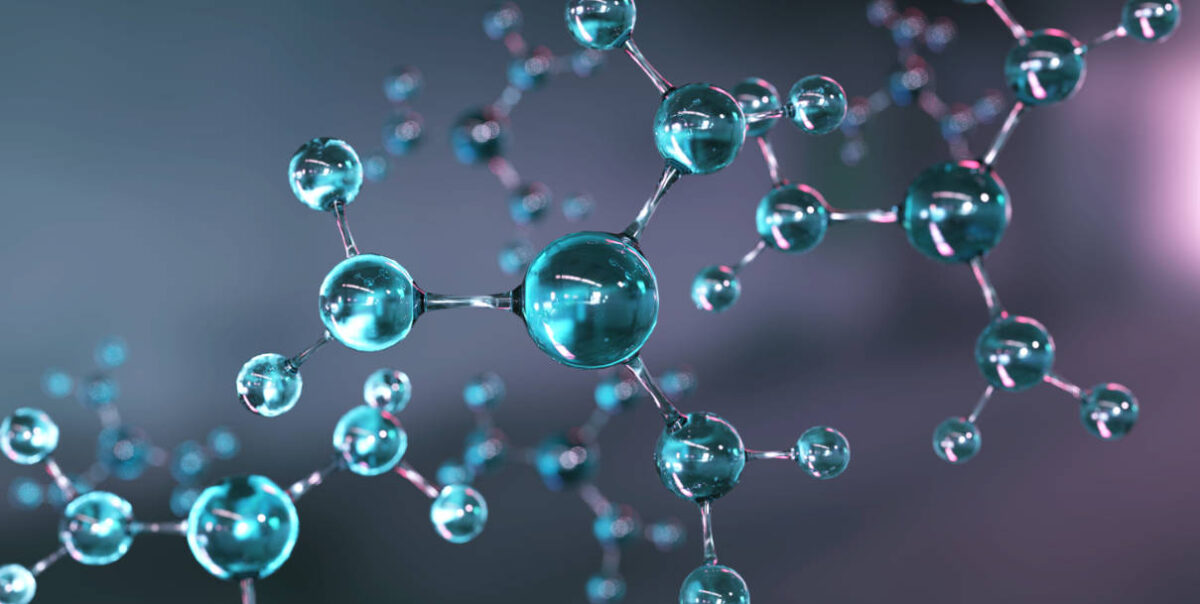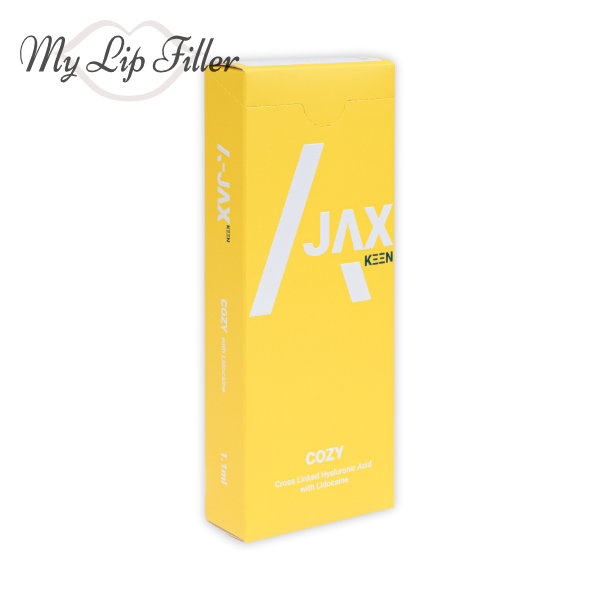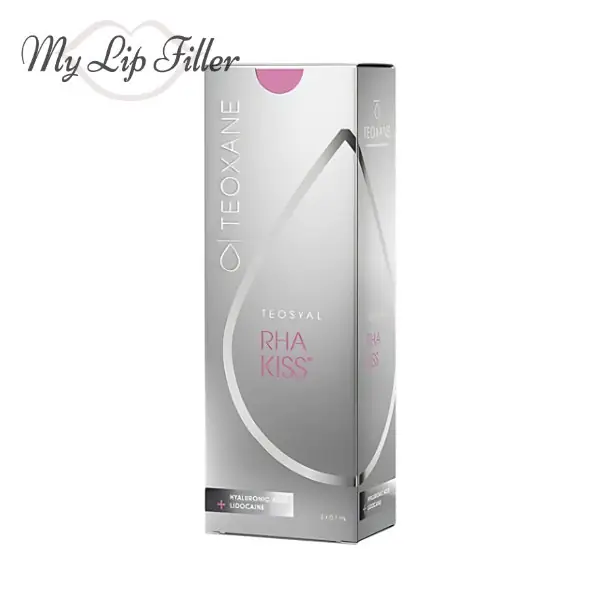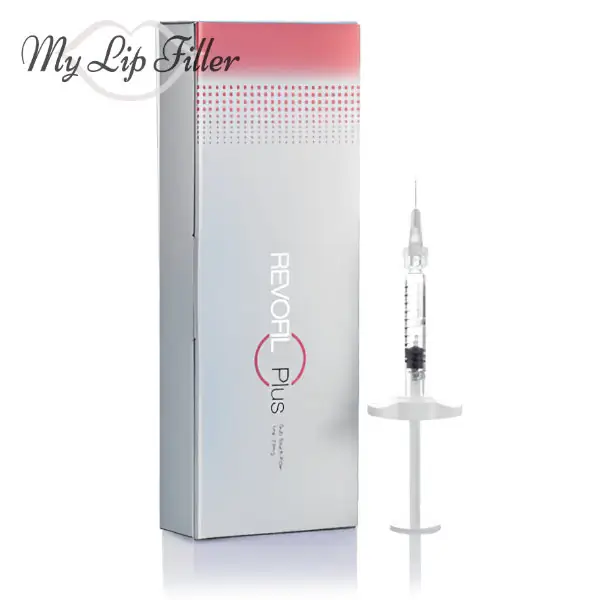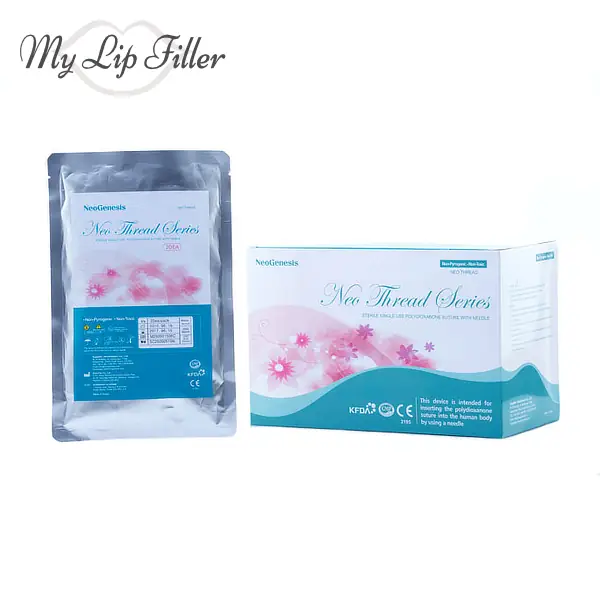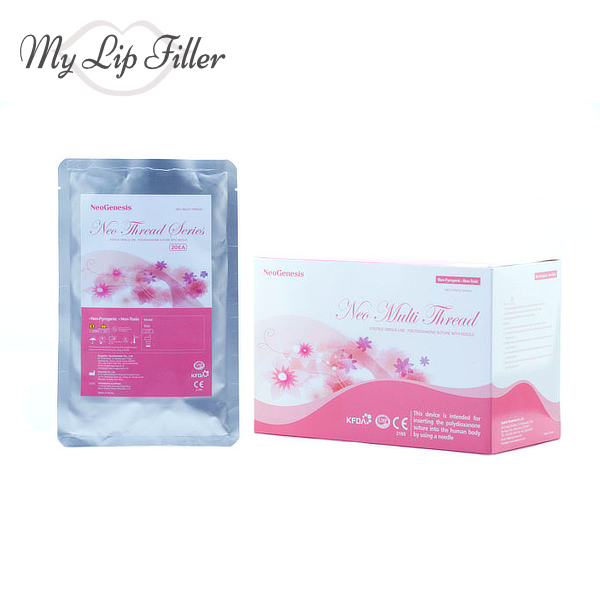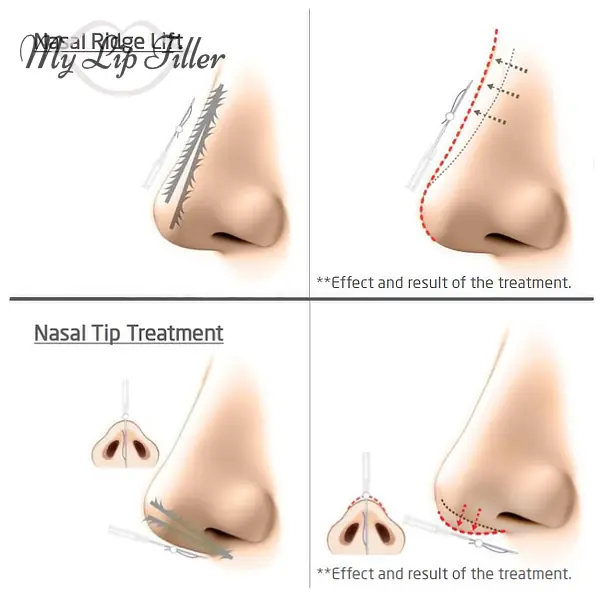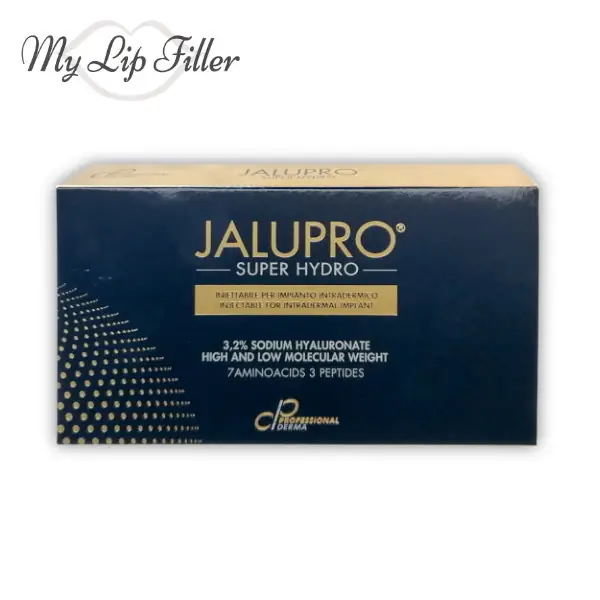Dermal fillers are gel-like substances injected beneath the skin to restore lost volume, smooth lines, soften creases, or enhance facial contours. They are a popular non-surgical option for facial rejuvenation and are used to address a variety of concerns related to aging. Dermal fillers can help with:
- Adding volume to hollow cheeks or temples,
- Diminishing under-eye circles,
- Smoothing out wrinkles, deep creases, and fine lines,
- Enhancing the contours of the jawline,
- Plumping and enhancing the lips,
- Smoothing out chin creases,
- Improving symmetry among facial features.
There are several types of dermal fillers, each designed for different purposes and effects. The most common types include hyaluronic acid (HA) fillers like Juvederm and Restylane, calcium hydroxylapatite (CaHA) fillers like Radiesse, poly-L-lactic acid fillers like Sculptra, Aesthefill or A-Jax D’azur, that stimulate collagen production, and polymethylmethacrylate (PMMA) fillers like Bellafill, which offers a more permanent solution. The choice of filler depends on the individual’s specific needs, the area being treated, and the desired outcome.
There are multiple reasons why someone might wish to remove their fillers. In some cases, individuals realize they prefer their appearance pre-filler injections. Common sentiments include dissatisfaction with enhanced lips, nasolabial folds treatments making one’s face resemble a hamster, or cheek fillers that seem to add unwanted fullness to the face. Indeed, such scenarios do occur, where a client may seek removal of fillers not due to any visible imperfections but simply because they no longer wish to have the filler present.
Another category of individuals seeking filler removal includes those experiencing discomfort or adverse reactions to the filler. Symptoms such as swelling under the eyes, drooping mouth corners, lumps at injection sites, or discomfort in areas containing filler can arise. Often, these issues are not considered medical complications necessitating treatment but may stem from the cosmetologist’s lack of skill or, occasionally, a unique reaction from the individual’s body. In these instances, the request is clear: remove the filler.
The third category comprises individuals for whom the filler has become an unattractive aspect of their appearance, leading to results like overly plump “duck lips” or unnaturally contoured “balconette cheeks.” Is this a complication? Not exactly. Could it be considered a whim by the patient? Occasionally. Nonetheless, removal is often necessary to preserve the individual’s appearance and the cosmetologist’s professional standing.
When the situation doesn’t involve an urgent complication requiring immediate medical attention but rather a rational decision to remove the filler, professionals are ready to assist. Fortunately, if the filler is made of hyaluronic acid, meaning it’s a dissolvable type, the process is relatively straightforward, requiring only 1-2 sessions for complete removal. This involves injecting a specific enzyme (Hyaluronidase) with a micro-needle into the filler site, which quickly breaks down the hyaluronic acid into water that the body then expels within a few hours. If needed, a new filler can be applied the following day to correct any issues, such as uneven lips, without diminishing volume, ensuring a seamless transition to the desired aesthetic.
The scenario becomes more complex with the use of non-resorbable fillers, such as Biopolimero. Previously, these permanent fillers were widely used by anyone interested in contouring procedures. However, with the advent of hyaluronic acid fillers, the use of permanent fillers declined. Despite this shift, there are still instances where individuals have received these older fillers, sometimes misrepresented as hyaluronic acid, with some treatments dating back 10 to 20 years. In these cases, it’s not possible to dissolve the filler material. Instead, efforts can be made to reduce the volume in the affected area, though the outcome will vary depending on the filler’s location and quantity.
To encapsulate the key points:
- If you’re unhappy with your filler’s appearance, removal is straightforward and quick.
- At Right Cosmetology, filler removal can be accomplished in just a few minutes and won’t break the bank.
- Should you desire, a new filler can be administered in the same area the very next day.
- We maintain a professional demeanor and will not dwell on past missteps by others.
- Occasionally, the experience of correcting a poorly executed filler might deter future injections. Rest assured, the situation is manageable. We can remove it today without any hassle!
Hyaluronidase and its effects
Gel fillers are celebrated for their compatibility with human tissues, minimal rejection and allergic reaction rates, and their enduring efficacy in correcting various aesthetic skin imperfections on both the face and body. However, outcomes occasionally diverge from initial expectations, with numerous instances supporting this:
- In fewer cases, the issue may stem from the practitioner’s unsteady hand or lack of expertise.
- More commonly, the patient’s body may exhibit an adverse immune reaction.
- Though rare, there are instances where the aesthetic alterations from fillers simply do not suit the patient’s features.
Before the advent of hyaluronidase usage in clinical settings, clients had no choice but to endure the unwanted results for the duration it took for the hyaluronic acid to naturally dissipate from the body, which could take six months or longer. Nowadays, this problem can be swiftly addressed within a few days through the application of hyaluronidase injections, which significantly hasten the removal of hyaluronic acid from the tissues.
What hyaluronidase is and why it is needed?
Hyaluronidase, a naturally occurring enzyme in the body, plays a crucial role during the early stages of conception by optimizing conditions for sperm and facilitating their penetration into the egg. This enzyme, also present in saliva, assists in the breakdown of food and enhances tissue nourishment.
There are various forms of hyaluronidase, but in medical applications, the enzyme derived from the testes of cattle, and less frequently from pigs or sheep, is predominantly used. Beyond its cosmetic applications, hyaluronidase serves important therapeutic roles. When administered promptly after injuries, it can help avert joint stiffness and contractures, improve the elasticity of connective tissues, minimize the formation of adhesions and scars, and expedite the absorption of hematomas. Additionally, hyaluronidase is utilized to enhance the effectiveness of certain medications, including antibiotics, antihistamines, chemotherapeutic agents, vaccines, and local anesthetics, by increasing their bioavailability.
Hyaluronidase is an effective tool for correcting cosmetic errors
Originally, hyaluronidase was employed for its aesthetic benefits in reducing cellulite fibrosis, but it soon gained popularity in cosmetology for addressing the unwanted effects of injectable cosmetic procedures involving hyaluronic acid fillers. Hyaluronidase’s ability to break down the lengthy molecular chains of hyaluronic acid, facilitating its swift elimination from the body via the internal secretion glands, is a key aspect of its effectiveness. A precise dosage and accurately targeted injection can often resolve the effects of contouring procedures within just 2 to 3 days. To minimize the risk of allergic reactions, performing a skin test before treatment is advisable.
The use of hyaluronidase is pivotal in several cosmetic correction scenarios, such as:
- Addressing the overaccumulation of hyaluronic acid, which might not become evident immediately post-treatment but can arise months later. Skillfully determining the appropriate dosage is crucial to avoid impacting areas beyond the intended treatment site.
- Rectifying the outcomes of overcorrection and filler migration, issues that commonly occur with superficial gel injections, improper technique, or the use of an unsuitably dense filler in delicate skin regions.
- Preventing necrosis, a particularly dangerous complication of contouring procedures, can result from the accidental injection of stabilized hyaluronic acid into blood vessels. Some individuals’ unique vascular structures increase this risk. If early signs of ischemia are noted, immediate administration of hyaluronidase is essential; waiting over 24 hours significantly reduces its effectiveness.
- Correcting the Tyndall effect, where the skin takes on an abnormal coloration due to the filler’s optical properties.
- Stopping granuloma formation, an inflammatory response to the filler material recognized by the body as foreign. In such instances, hyaluronidase injection is the only effective method to eliminate the causative agent and mitigate the immune reaction.
In every scenario mentioned, hyaluronidase stands out as the quickest, most efficient, and safest option for addressing adverse effects stemming from the use of hyaluronic acid-based fillers.
Having a vial of hyaluronidase readily available is a practice every professional cosmetologist should adopt, not as an admission of anticipated mistakes, but rather as a demonstration of their commitment to patient safety and achieving the best possible aesthetic outcomes. This “safety net” underscores the practitioner’s dedication to their client’s well-being and satisfaction.

